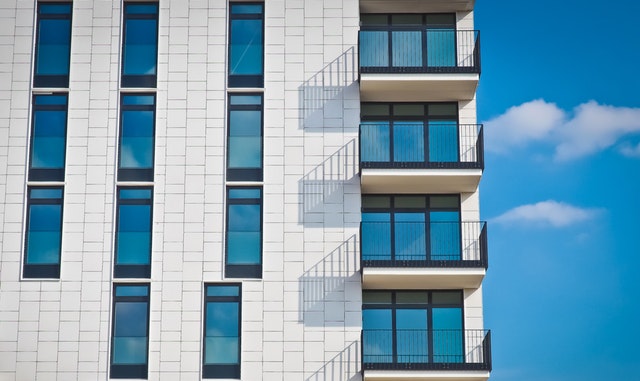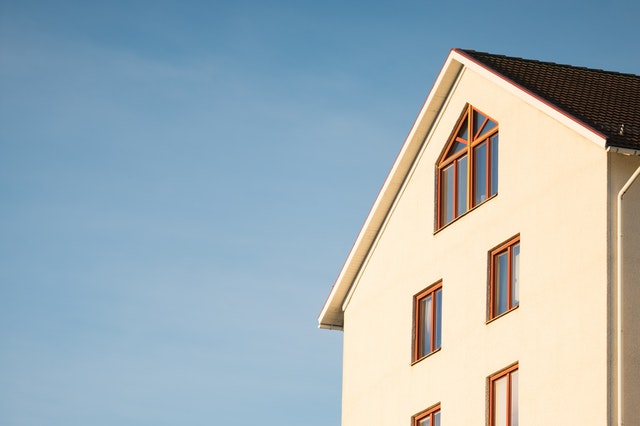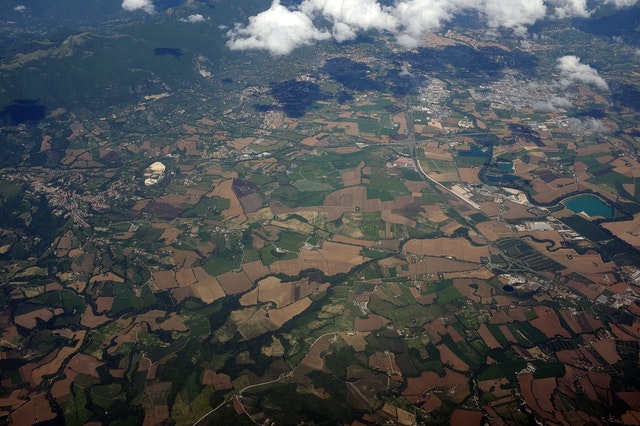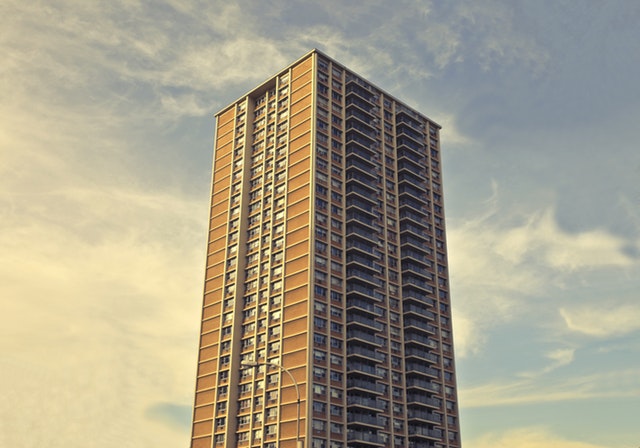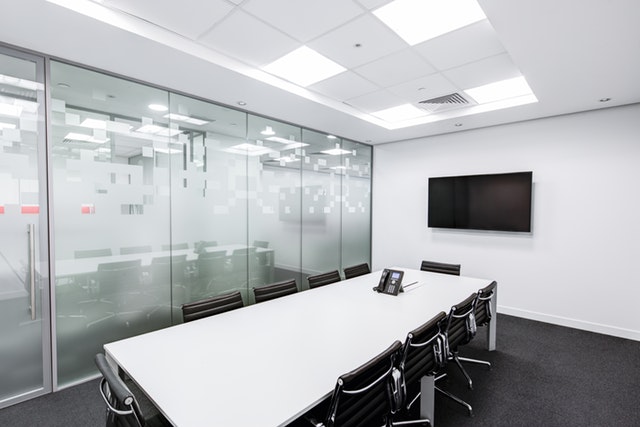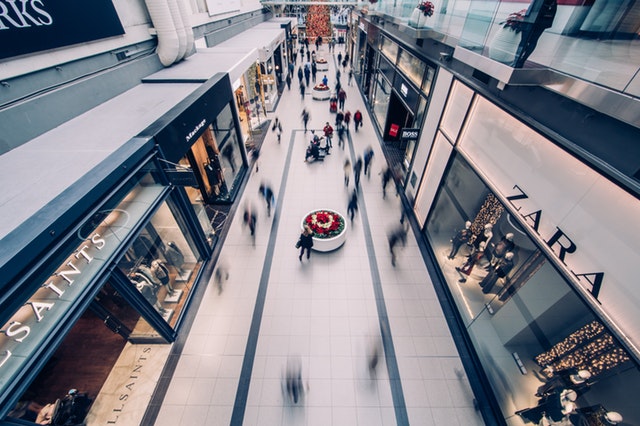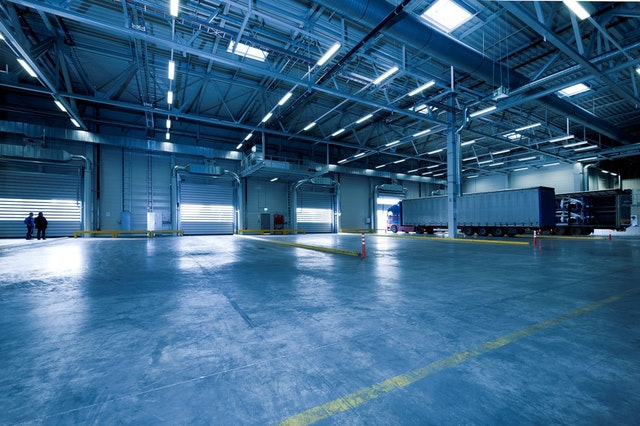Center – Riga city – Vidzeme suburb
History and Significance
The center district is one of the six districts of the city of Riga. The area of the center district is 3 km2, but the population on July 1, 2018 was 25,128 people. The boundaries of the center district are Daugava (Vanshutilta track), Krišjāņa Valdemāra street, Elizabetes iela, Brīvības iela, railway, Aleksandra Čakas iela, Marijas iela, 13. Janvāra iela, Daugava (imaginary line along the middle of the river from Railway bridge to Vansu bridge). The history of the city of Riga can be measured in more than eight hundred years, it is full of dramatic events and has been preserved in countless volumes of articles, monuments, fables, songs, memories and stories. Archaeological finds in the territory of Riga show that a settlement existed here already in the 12th century. When the Rīdzina River flows into the Daugava, an extension, the so-called Rīga Lake, was formed in the area of the current Albert Square. It was a convenient place for the port, so local tribes – Curonians and Libyans – settled in its vicinity. The turning point in the development of Riga was 1915-1917, when, at the beginning of the First World War, Riga became a frontline city. About 200,000 workers and their family members were evacuated from Riga to central Russia along with industrial enterprises.
Territory and extent
20th century In the 20s and 30s, Riga developed as a center of trade, light and food industry, as well as culture and education. Over time, almost all Western European styles have been introduced in the construction of the center of Riga. Straight street routes are refreshed by parks and greenery, wooden background buildings and green squares in the corners of non-built-up streets. As a special architectural success, the intensity of Art Nouveau construction in the center of Riga can be mentioned. It is the famous Albert Street with Mihail Eisenstein’s projects, nearby Antonijas, Elizabetes Streets. During the creation of the city, there was a contemporary style that focused on the construction, subordinating the facades and decorative elements to the internal structure. In the center of Riga, similar to Old Riga, there is a very concentrated density of historical values, starting from the public space and its elements discussed here, up to such things as social and ideav eateries, the life course of persons who have written their name in the history of Latvia.
Infrastructure
Transport
- Public transport in Riga consists of 54 buses, 19 trolleybuses, 9 trams, 33 minibuses and 9 night bus lines that connect all the suburbs of Riga.
Educational institutions:
- Jāzeps Vītolas Academy of Music of Latvia
- Latvian Academy of Arts
- University of Latvia
- Riga Technical University
- Riga Stradins University
- Riga Graduate School of Law
- University of Banking
Elementary schools
- Elementary school “Rīga”
- Riga 1st elementary school-development center
- Riga 40th secondary school
- Riga Center Elementary School of Fine Arts
- Riga Center Humanitarian Secondary School
- Riga Natālijas Draudzina Secondary School
- Riga Rainas Secondary School
- Riga Primary School “Valodiņa”
- Riga Valdas Zālīšasakumskola
- Riga State 1st Gymnasium
- Riga State 3rd Gymnasium
Preschool:
- Riga 200. Preschool educational institution
- Riga 88. Preschool educational institution
- Riga 94. Preschool educational institution
- Riga preschool educational institution “Pūcīte”
Shops:
- Gallery center
- Gallery Riga
- Children’s world
- Baron Center
- Stockmann
- Origo
- Rimi
- Mini Rimi
- Maximum
- Maxim Express
- Elves
- Top

